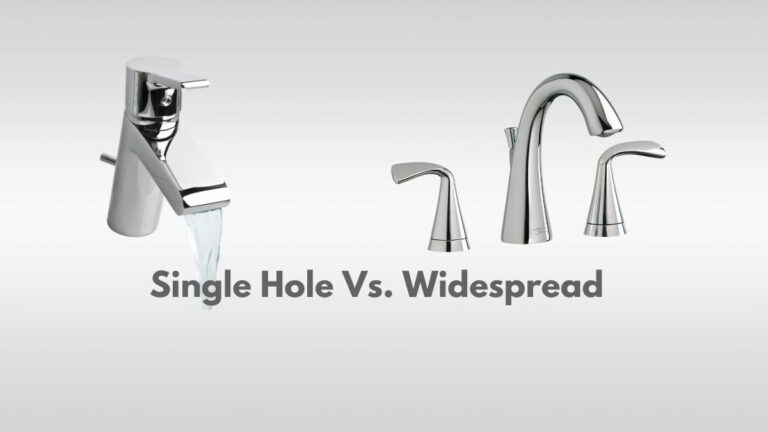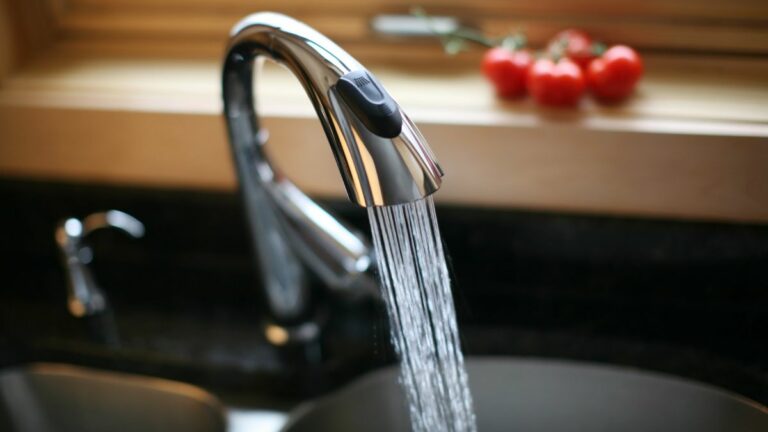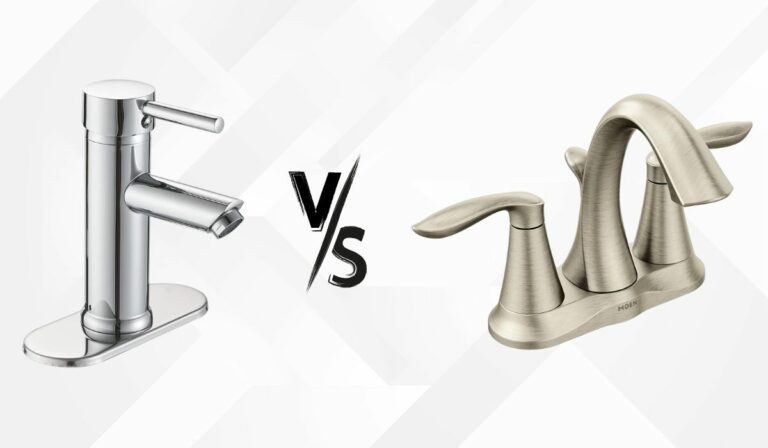How To Tile A Kitchen Backsplash
Tiling a kitchen backsplash can be an incredible way to transform your cooking space with style and durability. Whether you’re tackling your first DIY project or sharpening your handyman skills, knowing how to tile properly can save you time, money, and frustration. This guide walks you through each step confidently – from planning through to sealing your finished backsplash – ensuring your kitchen shines with a professional-quality finish.
Planning Your Kitchen Backsplash Project
Choosing The Right Tiles And Materials
Picking the perfect tiles is more than just a design choice: it’s about functionality too. Ceramic and porcelain tiles are popular for backsplashes thanks to their durability and ease of cleaning. Glass tiles add a sleek, modern touch and reflect light beautifully but can be pricier. Consider the size, color, and texture that complements your kitchen’s style while staying durable against heat and moisture.
Measuring The Space Accurately
Accurate measurements are critical. Measure the width and height of your backsplash area carefully, taking note of outlets, windows, or corners. Double-check your numbers, as this will determine how many tiles and amount of adhesive you need. Ignore this step, and you might face tile shortages or excessive waste, both costly and time-consuming.
Gathering Necessary Tools And Supplies
Before diving in, you’ll want to gather all essential tools and supplies. This typically includes tile adhesive (thin-set mortar), a notched trowel for spreading adhesive evenly, tile spacers, a tile cutter or wet saw for precise cuts, a level to ensure your tiles are even, a grout float for applying grout smoothly, and protective gloves. Preparing everything upfront avoids interruptions and ensures a smoother workflow.
Preparing The Wall Surface
Removing Old Backsplash Or Cleaning The Wall
Your wall surface needs to be clean, dry, and smooth before you start. If there’s an existing backsplash, remove it carefully to avoid damaging drywall. Scrape off any residual adhesive or paint flakes. For blank walls, a thorough cleaning to remove grease and dust will help new adhesive bond better. Sanding uneven spots ensures a flat surface, preventing tile lippage later on.
Fixing Imperfections And Priming The Surface
Laying Out The Tiles For Best Fit And Design
Check for cracks or holes and fill them with appropriate filler or drywall compound. Once dry, sand smooth. Applying a primer designed for tile installation improves adhesion especially on drywall or porous surfaces.
Take your tiles and do a dry layout on the countertop or cardboard to visualize the pattern and spacing. This helps you avoid awkward tile cuts at edges and allows you to make design adjustments. Planning your layout can save headaches and make the final result look balanced and intentional.
Applying Adhesive And Setting The Tiles
Tips For Aligning And Spacing Tiles Correctly
Spread a thin layer of adhesive with your notched trowel, working in small sections to prevent it from drying out. Press tiles firmly into place, using spacers to maintain consistent gaps for grout. Frequently check that tiles are level and aligned as you work, adjusting immediately if needed.
Cutting Tiles To Fit Corners And Edges
Use a tile cutter or wet saw for precise cuts around corners, outlets, and edges. Measure twice and cut once to avoid wasting tiles. Smooth any sharp cut edges with a rubbing stone to prevent injuries during installation and handling.
Allowing Adhesive To Set Properly
Grouting The Tiled Backsplash
Let the adhesive dry fully, typically 24 hours, before grouting. The grout fills gaps between tiles, preventing water infiltration and enhancing your backsplash’s appearance.
Mixing And Applying Grout Effectively
Mix grout according to manufacturer instructions until you have a smooth, peanut butter-like consistency. Use a grout float to apply grout diagonally across tile joints, forcing it deep between tiles. Wipe excess grout off tile faces promptly with a damp sponge to avoid haze and staining.
Cleaning Excess Grout And Finishing Touches
Once grout starts to harden (about 15-30 minutes after application), clean the tile surfaces again with a damp sponge, rinsing frequently. Buff away any remaining grout haze with a soft cloth after grout fully cures (usually after 24 hours). Inspect grout lines for any gaps and fill if necessary. Finally, reinstall outlet covers and clean your new backsplash to reveal your polished handiwork.
Sealing The Grout And Final Maintenance Tips
Sealing grout protects it from stains and moisture, a must for kitchen backsplashes. Use a high-quality grout sealer and apply it evenly once grout has cured, following product instructions closely.
For maintenance, wipe down your backsplash regularly with a mild detergent and soft cloth. Avoid abrasive cleaners that can damage tiles or wear away grout sealer. Promptly clean spills to keep your backsplash looking fresh and pristine for years.
Conclusion
Tiling your kitchen backsplash yourself may seem daunting, but with careful planning and the right approach, you’ll achieve a stunning, durable result. From selecting the perfect tiles to meticulous installation and sealing, each step contributes to a backsplash that not only elevates your kitchen’s style but also stands up to daily wear. Roll up your sleeves, you’re ready to bring that stylish vision to life with confidence and skill.



